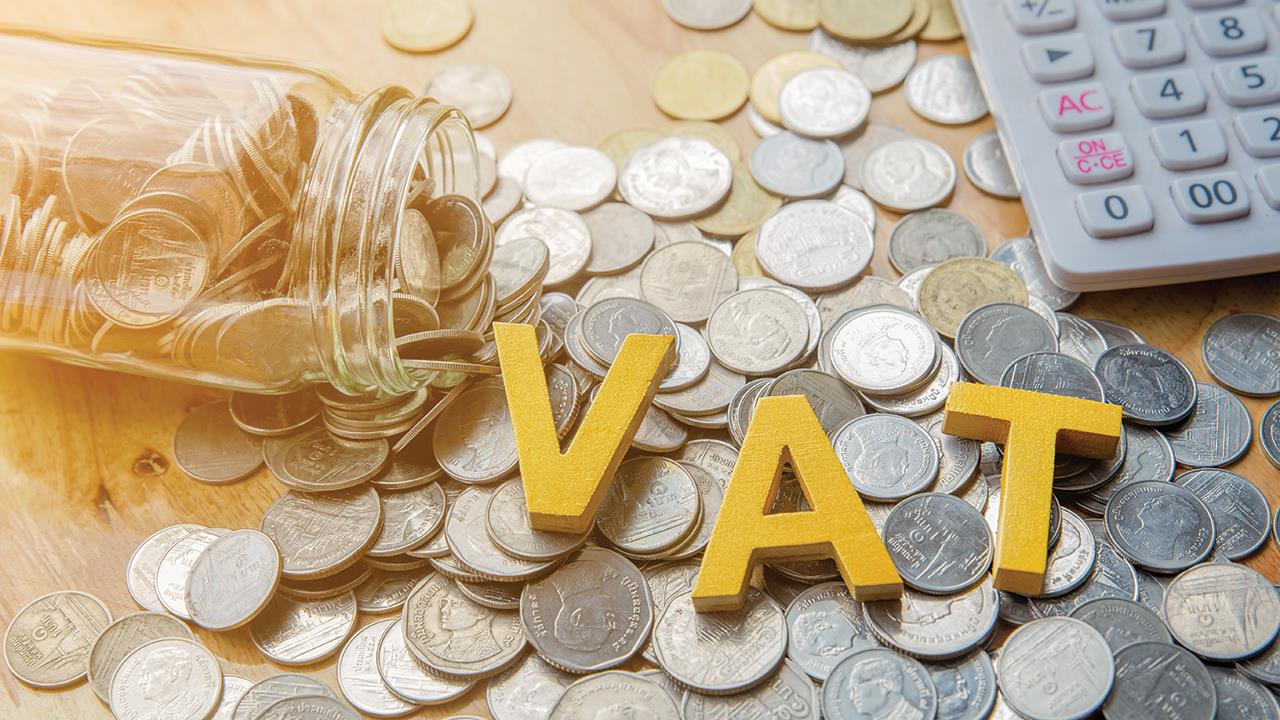

Colin Timmins, H&V Portfolio Manager at BEAMA, explains reduced VAT rates for energy saving products.
Since 1998, heating controls have been one of a number of designated energy saving products whose installation incurs a reduced VAT rate of 5%. However, some changes were introduced in October 2019, so it is important that installers recognise these so they are fully up to date with the potential application of the reduced VAT rate.
Firstly, a reduced 5% rate of VAT rate applies to the purchase and installation of certain specified energy-saving materials. Heating and hot water controls covered by this reduced rate are manual or electronic timers, thermostats, and mechanical or electronic valves, including thermostatic radiator valves.
The reduced rate applies when the installation is grant funded, or where the occupant is aged 60 or over or receives one of a list of qualifying benefits. It also applies where the installation is in social housing, a care home, or a children’s home.
For any other situation, installers must look at the ‘60% test’. If the cost of the energy saving materials is less than 60% of the total cost of the work, the reduced rate of 5% applies to that total cost for materials and installation. If it’s more than 60% of the total cost, then only 5% VAT applies to the installation. Further details and examples of the 60% rule can be found in VAT Notice 708/6 on the gov.uk website.
One of the important additional factors for heating installers to consider is that this will only apply to heating and hot water controls installed as a separate job. When controls are installed as part of a central heating installation or a boiler replacement, then the VAT rules consider this to be a single supply of a central heating system or boiler replacement. As neither of these are on the list of eligible energy saving materials (unless grant funded), then the standard rate of VAT will apply to the whole job.
It is this latter fact, as well as the perceived hassle factor or lack of awareness, that probably prevents the reduced rate of VAT being widely applied, at least if anecdotal evidence can be relied upon. This is a shame given that the government introduced the reduced rate of VAT with the specific aim of incentivising the installation of energy efficiency measures.
The reduced rate should allow heating controls upgrades to be offered to householders at a lower cost, and could even allow installers who take advantage of this the opportunity to offer upgrades at a lower cost than their competitors without impacting on their profit margin.
Apart from logistical problems, one of the factors that could have hampered the widespread adoption of the reduced VAT rate is the changes to the incentives that seem to have happened fairly frequently, leading to an air of uncertainty.
Originally, the reduced rate of 5% only applied to grant-funded installations in the homes of elderly, less well-off, and vulnerable households. This was then reduced for all households in April 2000, with the addition of solar panels as one of the qualifying measures. In fact, slightly different rules for reduced VAT were introduced in government budgets in 1998, 2000, and 2002.
Over the course of time, additional products have been added, including ground source heat pumps in 2004, and air source heat pumps, micro combined heat and power units, and wood-fuelled boilers in 2006. Slightly strangely, high efficiency central heating boilers have never been eligible for the reduced rate of VAT, except as part of a grant funded installation.
In 2013, the European Commission referred the UK to the EU Court of Justice for its application of the reduced VAT rate on the supply and installation of energy-saving materials. It was argued then that the exemptions were exceeding the scope of the VAT Directive.
Two years later, the European Court of Justice agreed that the supply and installation of ‘energy saving materials’ in the housing sector did not fall into any of the categories in which a reduced VAT rate of 5% can apply, so the UK standard rate of 20% would have be charged from that point forward.
There was, and possibly still is, a general understanding that the 5% VAT rate for energy saving materials would therefore not continue. However, the UK government, prompted by industry representation, has worked to find a way for it to still apply as these changes demonstrate. Industry can now play its part by making sure that we all understand the circumstances in which the reduced rate of 5% VAT can be applied and using it to incentivise energy efficiency.
If you'd like to keep up-to-date with the latest developments in the heating and plumbing industry, why not subscribe to our weekly newsletters? Just click the button below and you can ensure all the latest industry news and new product information lands in your inbox every week.